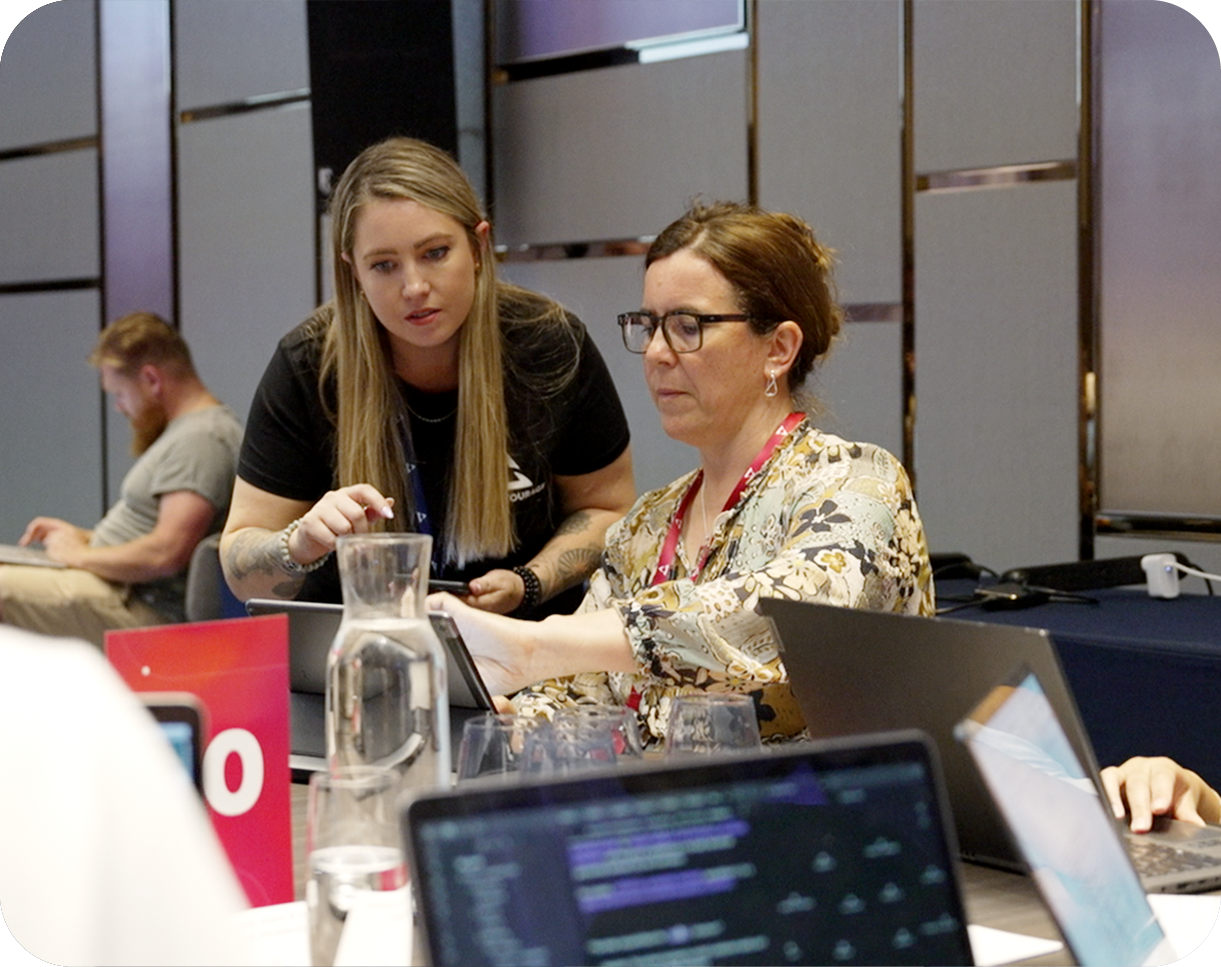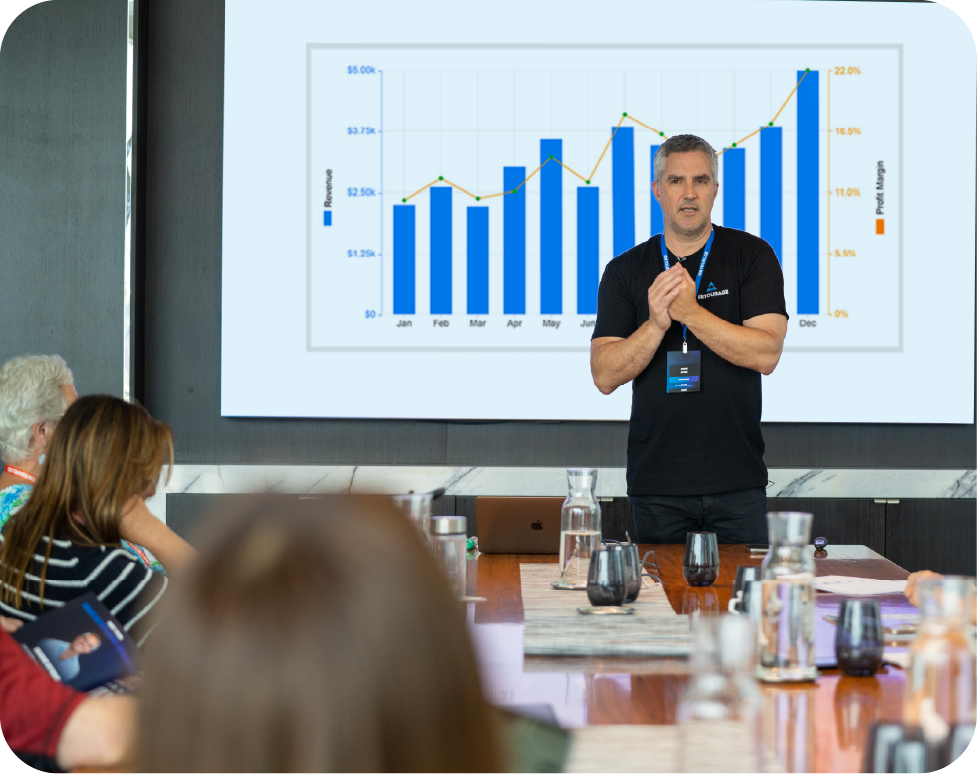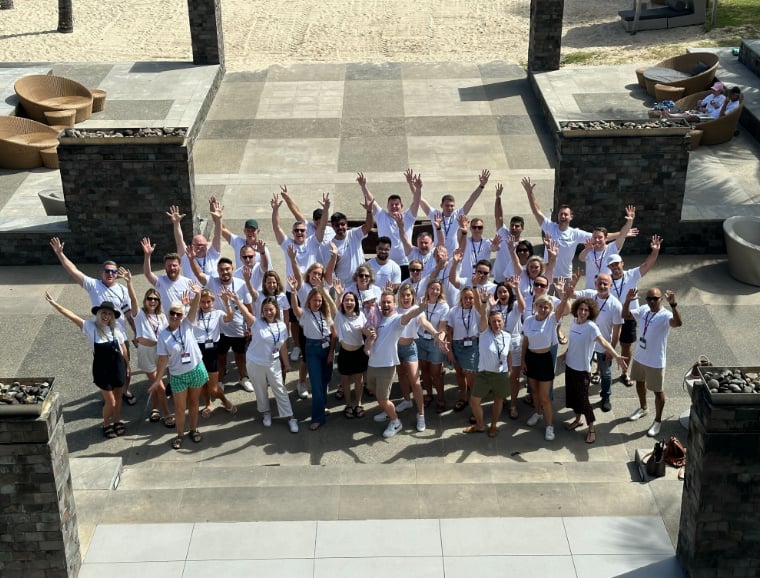Australia's logistics landscape is transforming rapidly as digital technologies reshape how goods move across our vast continent and beyond. The digital supply chain revolution presents both opportunities and challenges for logistics professionals working to keep pace with innovation. Australian freight forwarders are at the epicenter of this transformation, serving as the critical connectors that enable modern supply chains to function seamlessly.
Key Takeaways
- Digital technologies are fundamentally transforming how freight forwarding works in Australia
- Real-time data tracking and automation are creating unprecedented supply chain visibility
- Cybersecurity concerns are growing alongside the benefits of digital transformation
- AI, machine learning and blockchain are driving the next wave of logistics innovation
- Australian freight forwarders must adapt to digital transformation to remain competitive
Technology Reshaping Supply Chains
Automation and Efficiency
Automation technologies are revolutionising warehousing and logistics operations across Australia. Robotic process automation (RPA) now handles documentation, customs clearance paperwork, and many administrative tasks that previously required extensive manual input.
For freight forwarders, automation offers significant advantages in operational efficiency. Tasks that once took hours can now be completed in minutes, freeing staff to focus on client relationships and complex problem-solving rather than repetitive paperwork.
"The difference between today's digital supply chains and those of just five years ago is like comparing smartphones to landlines - they share a basic purpose but operate in entirely different universes."
Real-time Data and Tracking
Gone are the days when shipment tracking meant calling a series of phone numbers and hoping someone could locate your cargo. Today's freight forwarders leverage sophisticated IoT sensors, GPS tracking, and integrated data platforms to provide minute-by-minute updates on shipment status.
This revolution in visibility has transformed client expectations. Businesses now demand - and receive - complete transparency throughout the shipping process, from factory floor to final destination. The technologies making this possible include:
- GPS and cellular tracking devices
- RFID tagging systems
- Environmental monitoring sensors
- Automated customs documentation systems
- Integrated visibility platforms
Hurdles in the Digital Landscape
Regulatory Compliance
As supply chains become more digital, the regulatory environment has grown increasingly complex. Australian freight forwarders must comply with a matrix of domestic and international regulations governing everything from data privacy to customs documentation.
Digital systems can help manage this complexity, but implementing compliant solutions requires significant expertise. Many forwarders are investing in compliance teams and technologies to avoid costly mistakes in this high-stakes area.
Cybersecurity
The digitalisation of supply chains has created new vulnerabilities to cyber threats. Logistics networks are particularly attractive targets for cybercriminals due to the wealth of commercial data they contain and their critical economic importance.
Forward-thinking freight forwarders are responding with comprehensive security strategies, including staff training, encryption protocols, and regular security audits. The cost of inadequate security can be catastrophic, making this an essential investment rather than a discretionary expense.
Innovation Driving Change
AI and Machine Learning Applications
Artificial intelligence and machine learning are perhaps the most transformative technologies reshaping freight forwarding. These systems can analyse vast datasets to optimise routing, predict delays before they occur, and dynamically adjust supply chain operations in response to changing conditions.
Some Australian freight forwarders are using AI to create predictive models that account for seasonal variations, weather patterns, and even political developments that might affect particular shipping routes. The result is more reliable delivery timeframes and fewer supply chain disruptions.
Blockchain Solutions
Blockchain technology offers a tamper-proof method of recording and verifying transactions across the supply chain. For freight forwarders, this provides unprecedented security for documentation and helps combat fraud.
While still in the early stages of adoption, blockchain is already being deployed in Australian logistics networks to create immutable records of transactions. This technology promises to reduce disputes, speed up customs clearance, and potentially eliminate significant paperwork burdens.
Advantages of Digital Adoption
Operational Improvements
The operational benefits of digital transformation for freight forwarders are substantial. Companies that have embraced digital technologies report efficiency improvements of 15-35% in documentation processing times and significant reductions in error rates.
These improvements translate directly to the bottom line, with digitally mature freight forwarders typically achieving higher margins than their less technologically advanced competitors.
Enhanced Client Experience
Perhaps the most compelling reason for digital adoption is its impact on customer satisfaction. Today's clients expect the same level of visibility and control in their freight movements as they experience in their personal lives when tracking a food delivery or rideshare.
Digital platforms allow forwarders to provide self-service options, immediate status updates, and proactive communication about potential delays - all of which contribute to stronger client relationships and increased loyalty.
What Lies Ahead
The Australian freight forwarding industry stands at the beginning of an exciting period of transformation. Over the next decade, we can expect to see:
Fully autonomous warehousing systems becoming the norm rather than the exception, dramatically reducing handling times and costs. Predictive logistics platforms that anticipate supply chain disruptions weeks in advance and automatically propose alternative solutions. Integration of sustainable technologies that reduce environmental impacts while improving efficiency.
The most successful freight forwarders will be those that view technology not as a threat but as a powerful tool to enhance their core service offerings.
Conclusion
The digital revolution in Australia's supply chains represents both challenge and opportunity for freight forwarders. Those that embrace innovation while maintaining their expertise in the fundamentals of logistics will thrive in this new environment.
By strategically adopting the right technologies and continuously developing their digital capabilities, Australian freight forwarders can deliver unprecedented value to their clients. WWCF remains committed to leading this digital transformation while providing the personal service and logistics expertise that technology alone cannot replace. The digital supply chain isn't coming - it's already here, and the time to adapt is now.
Related Categories
Ryan Terrey
As Director of Marketing at The Entourage, Ryan Terrey is primarily focused on driving growth for companies through lead generation strategies. With a strong background in SEO/SEM, PPC and CRO from working in Sympli and InfoTrack, Ryan not only helps The Entourage brand grow and reach our target audience through campaigns that are creative, insightful and analytically driven, but also that of our 6, 7 and 8 figure members' audiences too.





